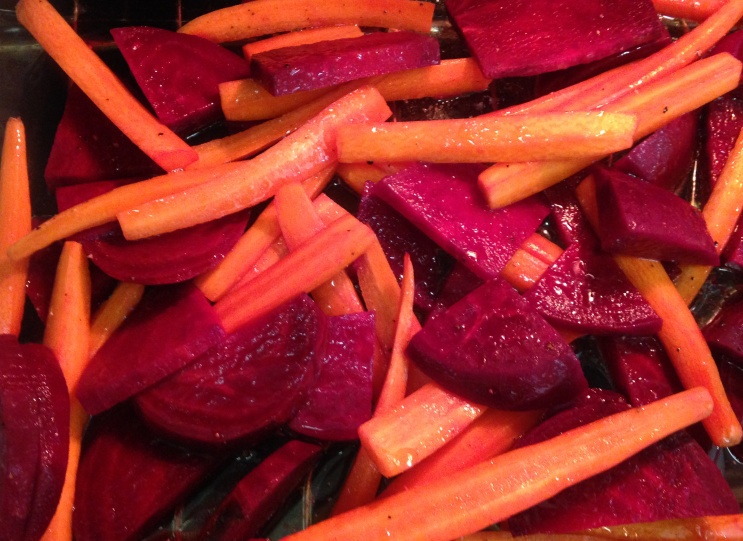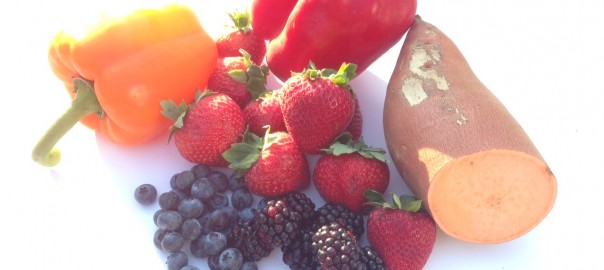What is Biodynamic Farming, and How does it involve herbal medicine? Biodynamic Farming began with a lecture by Rudolph Steiner in 1924. Farmers requested the lecture, due to concerns about new chemical use in agriculture. What interested me was the use of fresh and dried plant herbs to enhance the soil, and planing to plant and harvest according to certain “leaf” and “root” days based on waxing or waning moon cycles.
“In 1920s Europe, the use of chemicals in agriculture was causing great concern for a number of farmers and soil scientists; especially with regard to its effects on seed viability, deterioration of food quality, and health related problems in both livestock and crops. In 1924, at the request of farmers, Steiner presented a series of eight lectures on these issues…During this lecture series, Steiner gave indications for producing several different preparations to be used in agriculture which are now referred to as Biodynamic Preparations (BD preparations). In addition he gave indications for planting, cultivating and harvesting based on the cycles of the sun, moon, planets and stars. He also taught a practical means of pest control (called “ashing” or “pest peppering”). Take the Steiner course.”
The holistic fair lecture that I had the good opportunity to attend was given at a holistic fair by Mikah Jaschke of Wild Woods Wellness (& she has an Etsy shop). She explained that there are planetary cycles that influence the earth, and it helps farmers to pay attention to them when planting and harvesting. Apparently there it’s better to plant during certain moon cycles. When the moon is waxing (growing bigger) its time to plant above ground annuals, especially fruits, cereals, and flowers. The waning moon (getting smaller) is time to focus on root plants. Harvesting is dependent on leaf or root days, and there are biodynamic calendars to help you keep track. (like these two: biodynamic farming calendar 1, biodynamic farming calendar 2- Permaculture News)
Quote from the Permaculture News webpage and calendar:
“In a waxing moon, when light increases towards a full moon, sap flow is drawn up. This is the most suitable time for sowing and transplanting flowering annuals, biennials, grains and melons. Basically any short lived plant that we want to harvest its leaves, seed, flowers or fruits.
It’s also a good time for applying liquid fertilisers, pruning and grafting as increased sap flow produces new growth more quickly.
With an waning moon, when the light is decreasing as the moon changes from a full to a new moon, the sap flow is drawn down. This focusses the energy towards the roots, which is more suited to root crops and perennials, plants that live longer than two years.
It’s also a good time for applying solid fertilisers[sic], pruning dormant plants and harvesting, as there is less likelihood of rotting.”
Ms. Jaschke also said that these herbs were used in the farming process, sometimes mixed into the compost heap. The nutritious herb Nettle (containing vitamin C, and other vitamins) was one that was used in soil and compost. The herbs Chamomile, Yarrow and Dandelion flowers were used in the compost pile. Horsetail herb was used to prevent fungal and mold growth, as well as being a rich source of silica. The herb Valerian was used to warm the soil in Spring.
This was better explained by the JPI website again (and by the way, they sell these formulas):
Working in harmony with lunar, solar, and cosmic rhythms, the nine biodynamic preparations are made from fermented herbs, minerals, and cow manures. Three are used as field sprays, the other six are used for compost preparation. Because they are to be utilized in minute doses like homeopathic remedies for humans, biodynamic preparations are also viewed as healing remedies for the earth.
This is pretty neat. I wonder how Rudolph Steiner came up with his information, and will have to read more.
About Biodynamic Agriculture & Farming:
The Biodynamic Association defines biodynamic farming as “Biodynamics is a holistic, ecological, and ethical approach to farming, gardening, food, and nutrition…Biodynamic farmers and gardeners favor open-pollinated, heirloom, and non-GMO seeds and heritage breeds of animals…Biodynamic farms aspire to generate their own fertility through composting, integrating animals, cover cropping, and crop rotation…” Plant and animals are brought together. “
The Biodynamic Association explains the herbs in the compost pile better, from their website:
“Biodynamic compost is enhanced and enlivened through the use of six preparations made from yarrow, chamomile, stinging nettle, oak bark, dandelion, and valerian.2 Each of these medicinal herbs is transformed through a unique process that brings it into relationship with the animal kingdom, the earth, and the cycle of the year. Bringing these elements together magnifies their healing qualities, fosters the growth of beneficial bacteria and fungi, and creates powerfully concentrated substances to guide the development of the compost. A small quantity of each preparation is added to the compost pile just after it is built, and again after it is turned. Biodynamic preparations strengthen the quality of the compost by stabilizing nitrogen3 and other nutrients, multiplying microbial diversity,4 and bringing more sensitivity to the composting process. Biodynamic compost helps attune the soil to the whole farm organism and wider influences while increasing soil life5 and stable organic matter.4,6 Biodynamic compost also brings more carbon into the living realm, helping to restore balance to the climate.”
Cow’s Horn & Quartz:
There were also some other methods from the lecture which I didn’t know what to think of: Planting a cow’s horn with quartz in it for one year in the soil. The horn is crushed, diluted in water, and sprinkled over the field. This is supposed to help grow good bacteria, and when its sprinkled over the field, spread the good bacteria all over. I do know that good organic soil and those who farm it do pay attention to the soil bacteria. I wasn’t sure what to think of the horn part. But I’m reserving judgement until I study more. (And my notes may be at fault here.)
Here it is explained better, again from the Biodynamic Association–
Horn manure enhances the life of the soil and the relationship between soil and plants,8,9,10 and is made from cow manure buried inside a cow horn during the winter months. Horn silica increases plant immunity,11 strengthens photosynthesis, enhances ripening, and is prepared from ground quartz crystals buried in a cow horn over the summer months.
- Culture and Horticulture by Storl, and
- Secrets of the Soil, by by Peter Tompkins and Christopher Bird (they also wrote:Secret Life of Plants)
There are two biodynamic farming groups in Colorado; just look under the heading Mountain West on this webpage. There are other resources and groups with books on this webpage for the cerifying group Demeter.
Isn’t it interesting that there are other, safer farming methods that harken back to traditional methods, respect animals, and general promote a more natural way of raising food? And of course, uses herbal medicine to enhance the food fields. Lovely!


